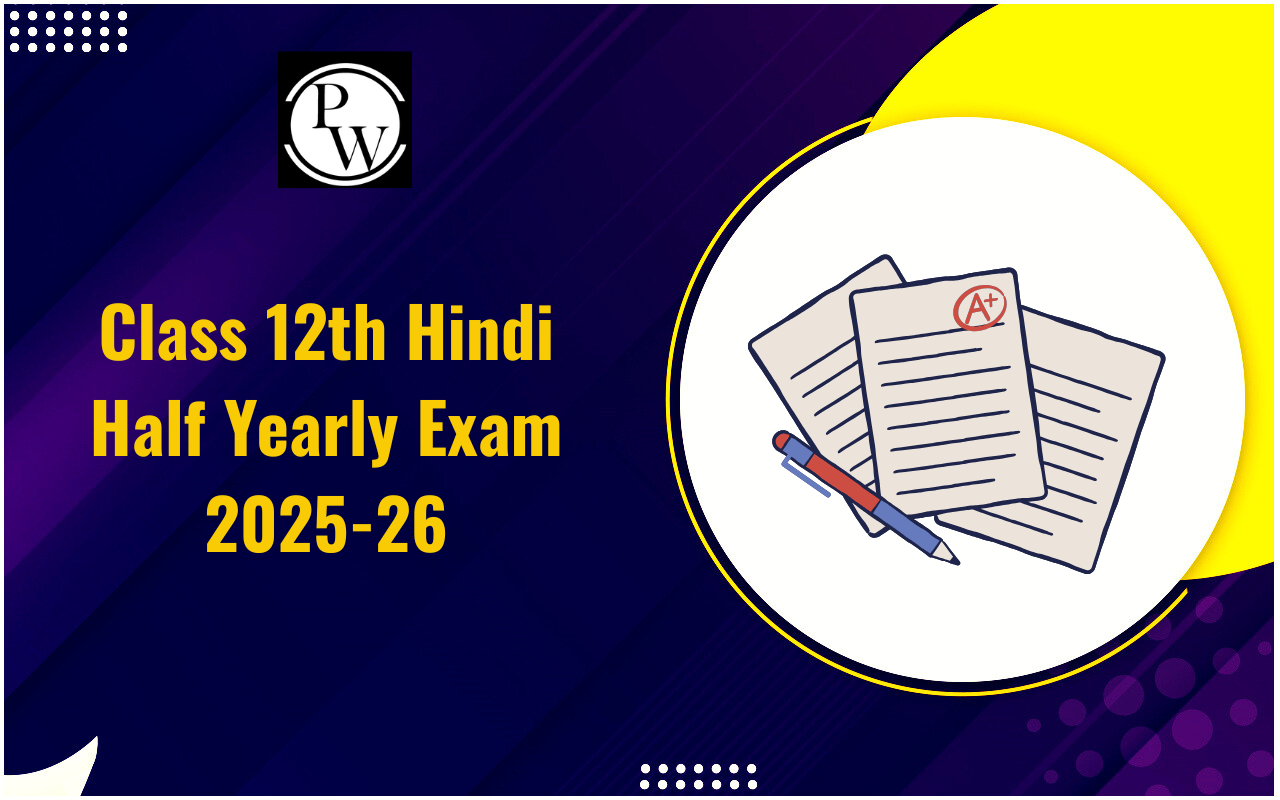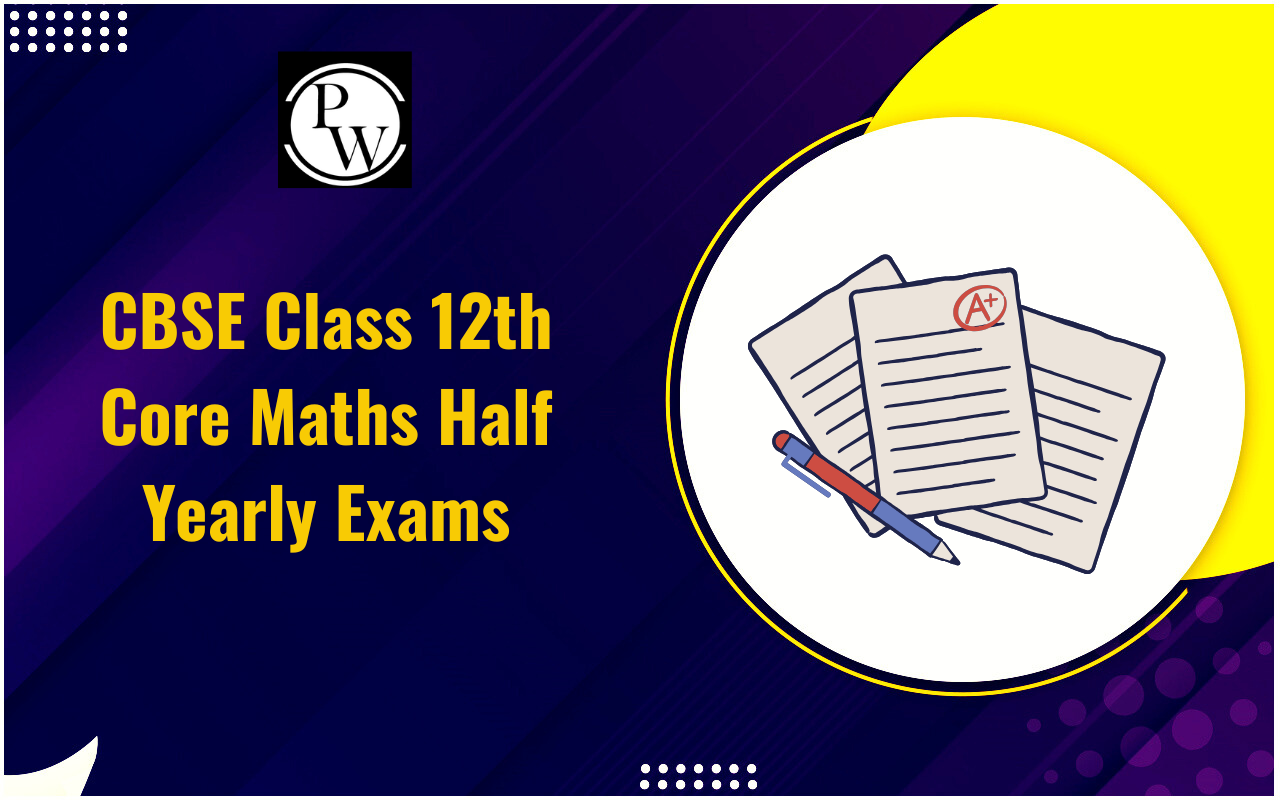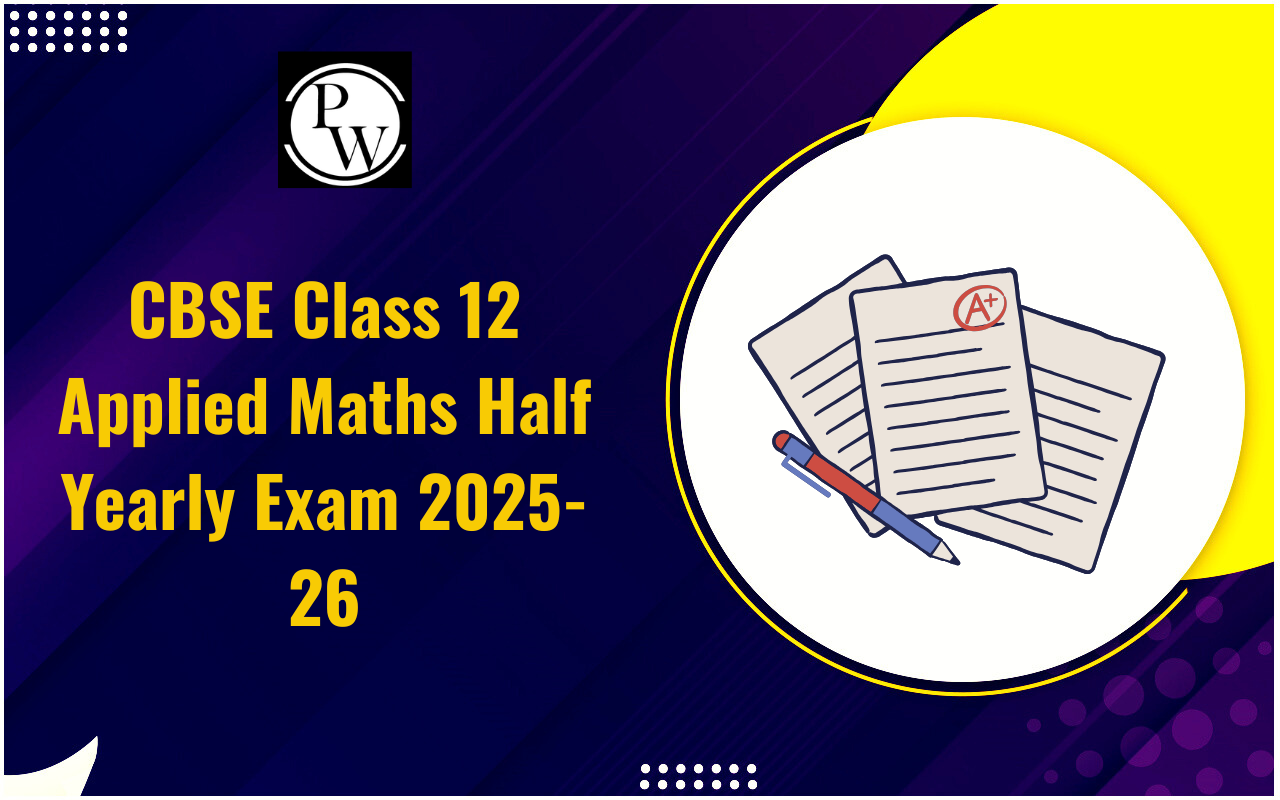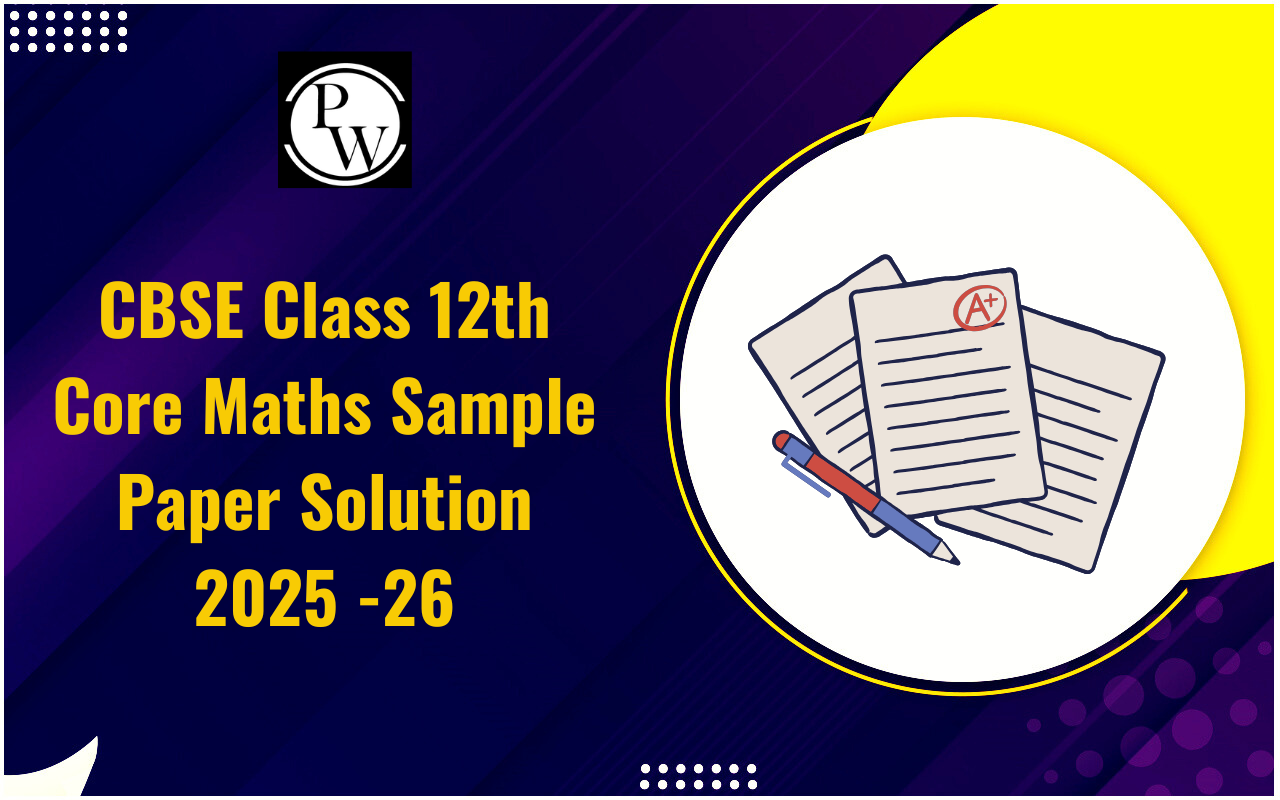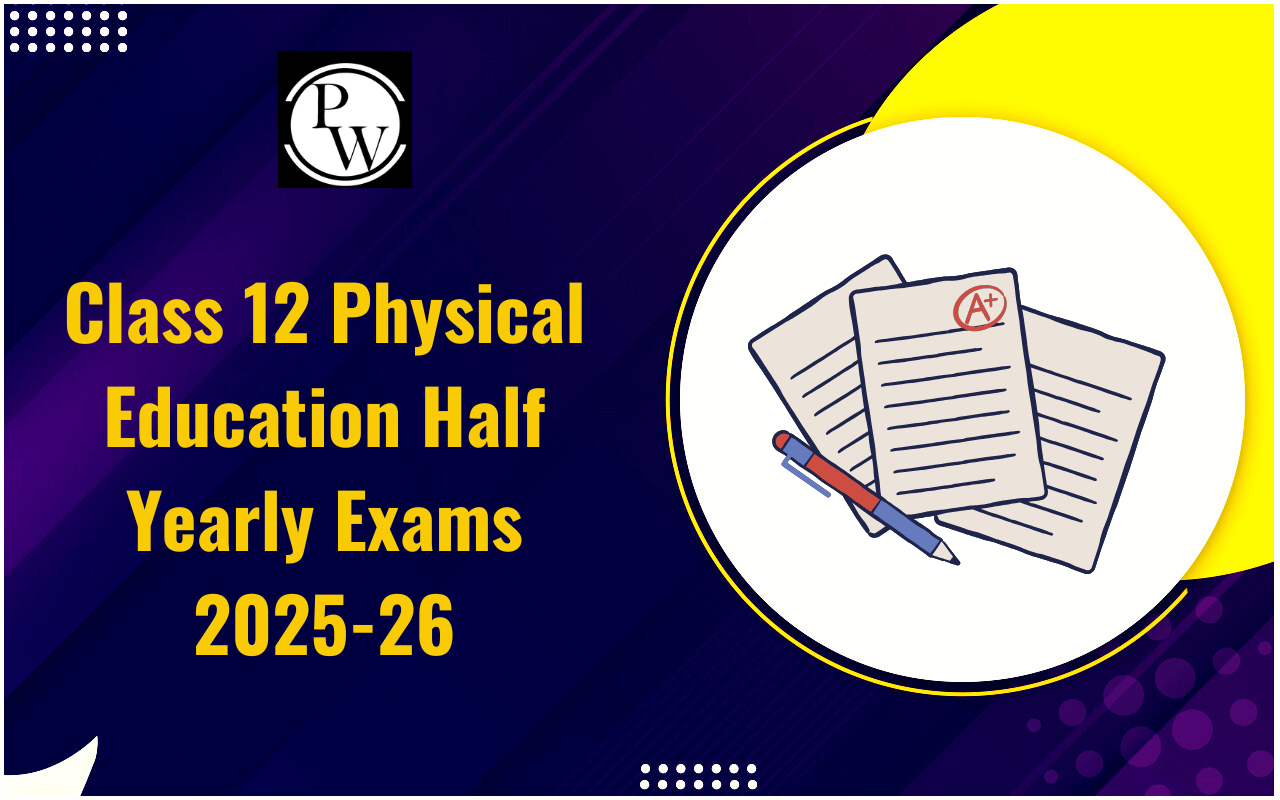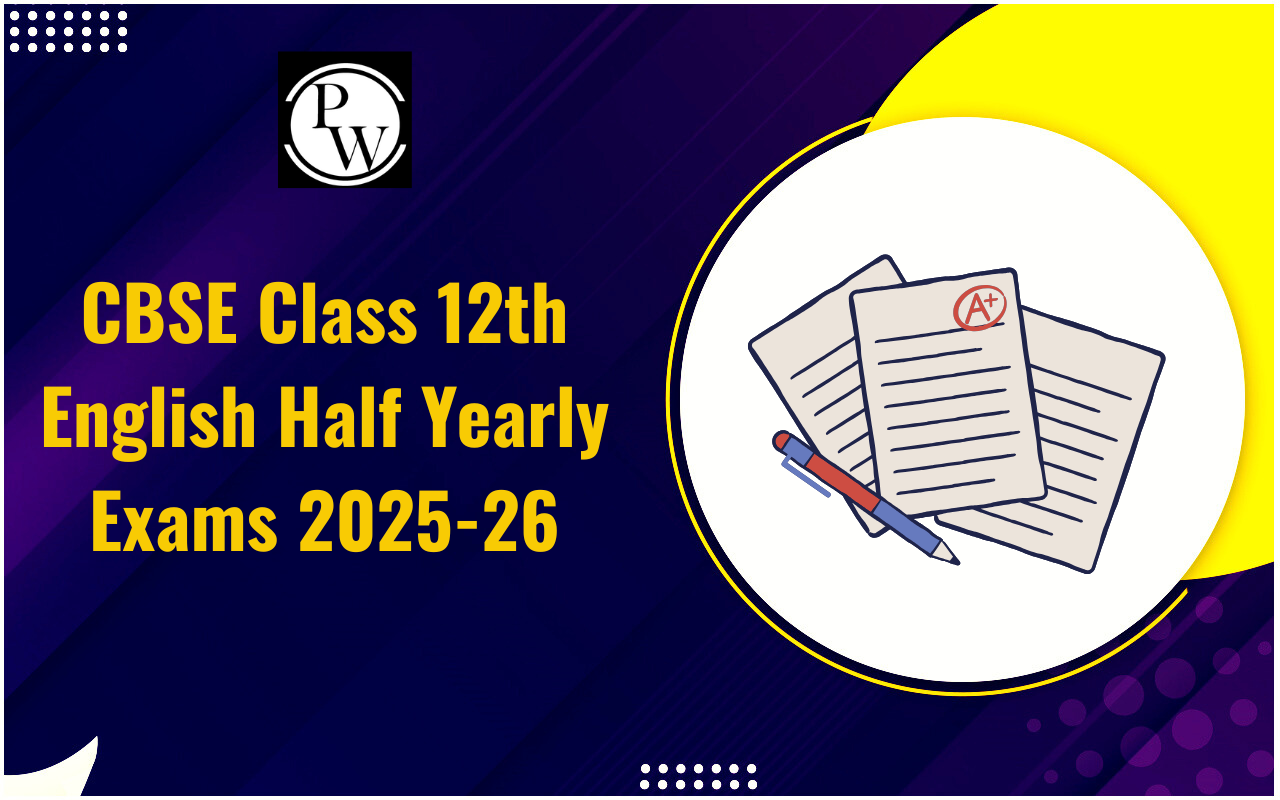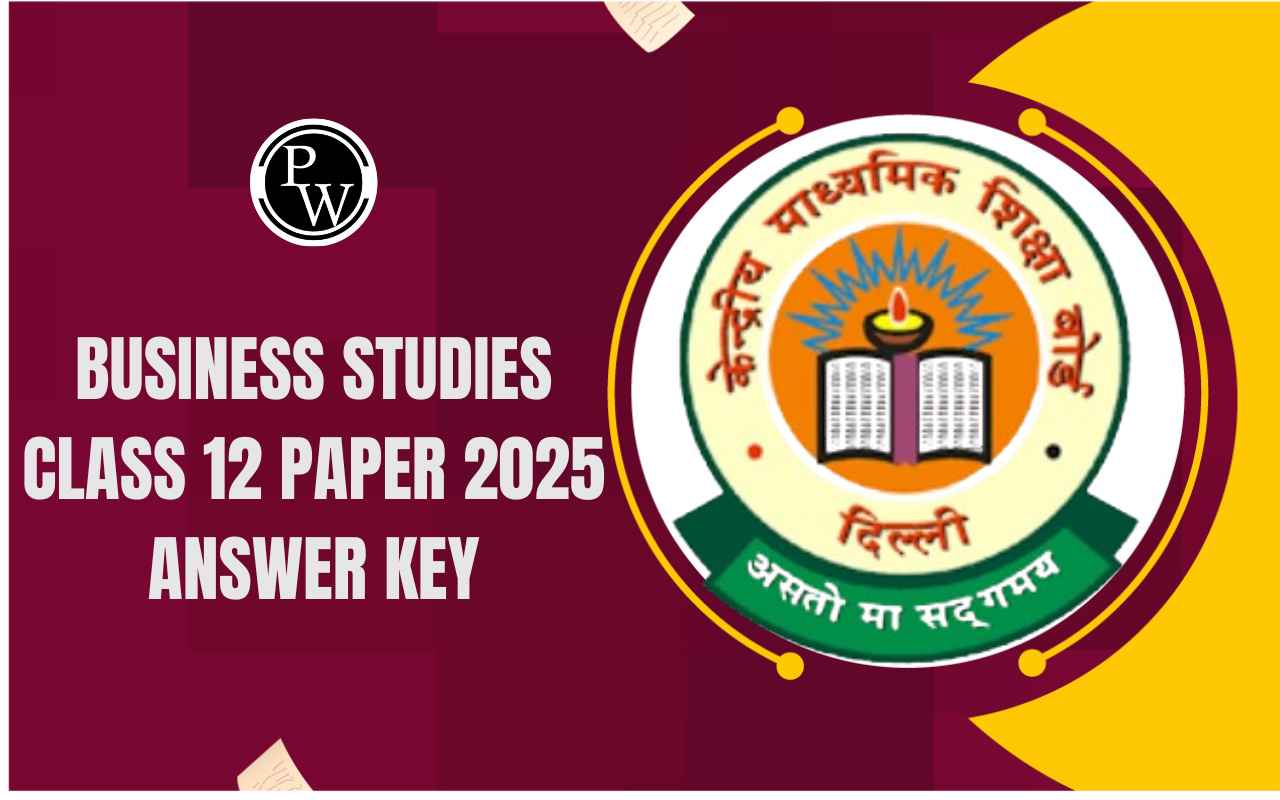
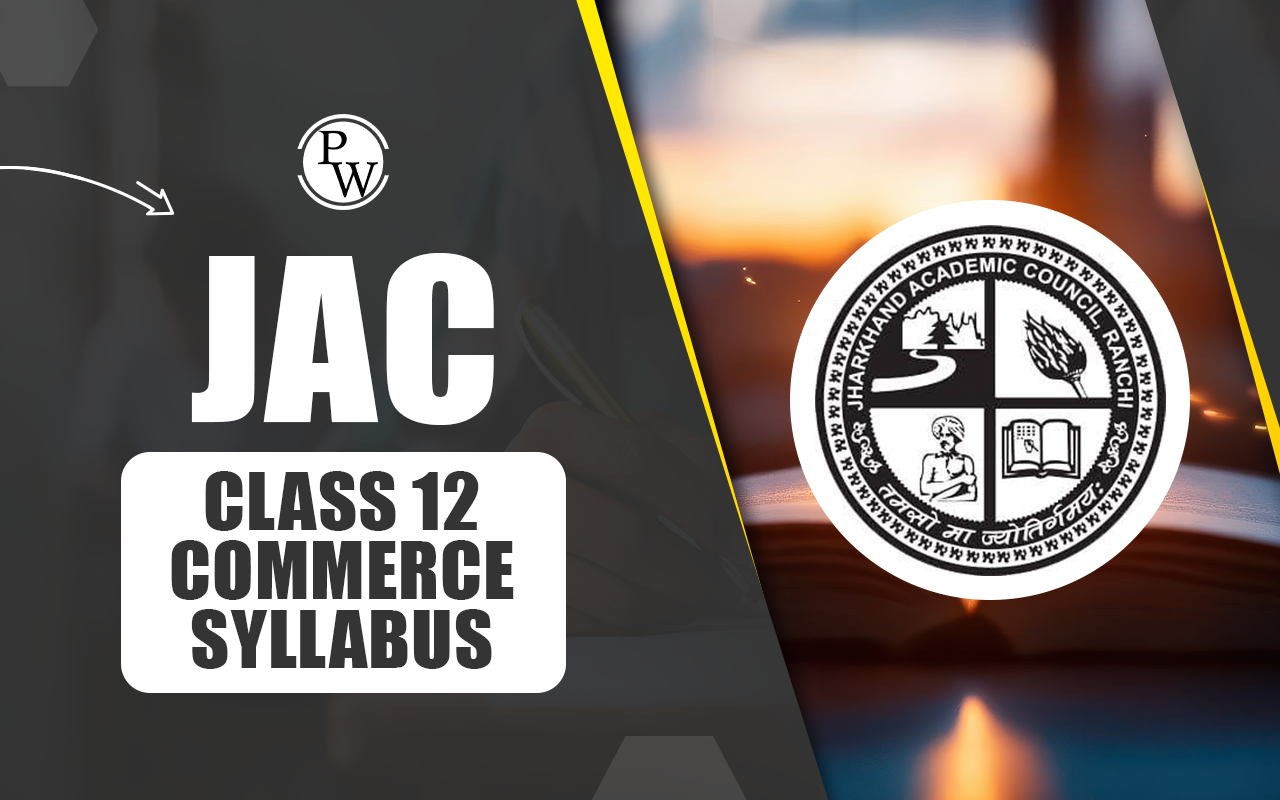
The Jharkhand Academic Council (JAC) has released the updated syllabus for Class 12 Commerce for the academic year 2025-26. Students can access the syllabus on the official JAC website, jac.jharkhand.gov.in.
For students pursuing Commerce in Class 12, it is vital to review the syllabus comprehensively. A clear understanding of the syllabus aids in strategic preparation, helping students allocate adequate time to each subject and topic. Additionally, familiarizing oneself with the JAC Class 12 Commerce Exam Pattern is equally important. Understanding the marking scheme and the type of questions typically asked in exams can significantly enhance preparation strategies and boost performance. The JAC Class 12 Commerce syllabus includes a blend of core commerce subjects such as Accountancy, Business Studies, and Economics. In addition, students study subjects like English, Mathematics (optional), and Computer Science, which provide a well-rounded foundation for higher studies and professional courses.JAC Class 12 Commerce Syllabus
The JAC Class 12 Commerce syllabus covers the following core subjects:- Accountancy
- Business Studies
- Economics
- English
- Mathematics (Optional)
JAC Class 12 Commerce Syllabus 2025-26 Business Studies
Business Studies focuses on the principles and practices involved in managing a business. The syllabus emphasizes entrepreneurship, business ethics, and various aspects of business operations. Below is the detailed syllabus:
| JAC Class 12 Commerce Syllabus Business Studies | |
| Chapter No. | Chapter Name |
| 1 | Nature and Significance of Management |
| 2 | Principles of Management |
| 3 | Business Environment |
| 4 | Planning |
| 5 | Organising |
| 6 | Staffing |
| 7 | Directing |
| 8 | Controlling |
| 9 | Financial Management |
| 10 | Marketing |
| 11 | Consumer Protection |
JAC Class 12 Commerce Syllabus 2025-26 Accountancy
Accountancy lays the foundation for understanding financial transactions, their documentation, and analysis. Below is the detailed syllabus for Accountancy:
| JAC Class 12 Commerce Syllabus Accountancy | |
| Units | Chapter Name |
| Accounting for Partnership: Basic Concepts | Nature of Partnership |
| Partnership Deed | |
| Special Aspects of Partnership Accounts | |
| Maintenance of Capital Accounts of Partner | |
| Distribution of Profit among Partners | |
| Guarantee of Profit to a Partner | |
| Past Adjustments | |
| Reconstitution of a Partnership Firm- Admission of a Partner | Modes of Reconstitution of a Partnership Firm |
| Admission of a new partner | |
| New Profit Sharing Ratio | |
| Sacrificing Ration | |
| Adjustment for Accumulated Profits and Loss | |
| Goodwill | |
| Revaluation of Assets and Reassessment of Liabilities | |
| Adjustment of Capital | |
| Change in Profit Sharing Ratios among the Existing Partners | |
| Reconstitution of a Partnership Firm- Retirement or Death of a Partner | Ascertaining the amount Due to Retiring/Deceased Partner |
| New Profit Sharing Ration | |
| Gaining Ratio | |
| Treatment of Goodwill | |
| Adjustment for Revaluation of Assets and Liabilities | |
| Adjustment of Accumulated Profits and Losses | |
| Disposal of Amount Due to Retiring Partner | |
| Adjustment of Partner’s Capital | |
| Death of a Partner | |
| Dissolution of Partnership Firm | Dissolution of Partnership |
| Dissolution of Firm | |
| Settlement of Accounts | |
| Accounting Treatment | |
| Accounting for Share Capital | Features of a Company |
| Kind of a Company | |
| Share Capital of a Company | |
| Issue and Redemption of Debentures | Meaning of Debentures |
| Distinction Between Shares and Debentures | |
| Types of Debenture | |
| Issue of Debenture | |
| Over Subscription | |
| Issue of Debentures for Consideration other than Cash | |
| Issue of Debentures as a Collateral Security | |
| Terms of Issue of Debentures | |
| Interest on Debentures | |
| Writing off Discount/ Loss on Issue of Debentures | |
| Redemption of Debentures | |
| Redemption by Payment in Lump Sum | |
| Redemption by Purchase in Open Market | |
| Redemption by Conversion | |
| Financial Statement of a Company | Meaning of Financial Statement |
| Nature of Financial Statement | |
| Objectives of Financial Statements | |
| Types of Financial Statements | |
| Use and Importance of Financial Statements | |
| Limitation of Financial Statements | |
| Analysis of Financial Statement | Meaning of Analysis of Financial Statement |
| Significance of Analysis of Financial Statement | |
| Objectives of Analysis of Financial Statement | |
| Tools of Analysis of Financial Statement | |
| Comparative Statements | |
| Common Size Statements | |
| Limitation of Financial Statement | |
| Accounting Ratios | Meaning of Accounting Ratios |
| Objectives of Ratios Analysis | |
| Advantages of Ratios Analysis | |
| Limitations of Ratios Analysis | |
| Types of Ratio | |
| Liquidity Ratio | |
| Solvency Ratio | |
| Activity(Turnover) Ratio | |
| Profitability Ratio | |
| Cash Flow Statement | Objectives of Cash Flow Statement |
| Benefits of Cash Flow Statement | |
| Cash and Cash Equivalents | |
| Cash Flow | |
| Classifications of Activities for the Preparation of Cash Flow Statement | |
| Ascertaining Cash Flow from Operating Activities | |
| Ascertaining Cash Flow from Investing and Financial Activities | |
| Preparation of Cash Flow Statements | |
| Overview of Computerized Accounting System | Computerised Accounting System |
| Components of CAS | |
| Salient Features of CAS | |
| Grouping of Accounts | |
| Using Software of CAS | |
| Advantage of CAS | |
| Limitation of CAS | |
| Accounting Information System | |
JAC Class 12 Commerce Syllabus 2025-26 Economics
Economics in Class 12 is divided into two sections: Microeconomics and Macroeconomics. Below is the detailed syllabus for Economics:
| JAC Class 12 Commerce Syllabus Economics | |
| Units | Topics |
| Unit I - Introduction to Economics | Basic concepts in economics |
| Unit II - Consumer Equilibrium and Demand | Theory of consumer behavior |
| Unit III - Producer Behaviour and Supply | Production theory and supply concepts |
| Unit IV - Forms of Market and Price Determination | Market structures and pricing strategies |
| Unit V - National Income | Concepts and measurement of national income |
| Unit VI - Money and Banking | Functions of money and banking systems |
| Unit VII - Government Budget and the Economy | Role of government in the economy |
| Unit VIII - Balance of Payments | International trade and balance of payments |
JAC Class 12 Commerce Syllabus 2025-26 English
English is a core subject designed to develop language proficiency and literary understanding. The syllabus includes three key sections:
| JAC Class 12 Commerce Syllabus English | |
| English Core | |
| Prose (Flamingo) | The Last Lesson |
| Lost Spring | |
| Deep Water | |
| The Rattrap | |
| Going Places | |
| Poetry | My Mother at Sixty-Six |
| An Elementary School Classroom in a Slum | |
| A Thing of Beauty | |
| A Roadside Stand | |
| Supplementary Reader | The Tiger King |
| The Enemy | |
| Should Wizard Hit Mommy? | |
| English Elective | |
| Prose | The Portrait of a Lady |
| A Letter to God | |
| The Last Leaf | |
| The Voice of the Rain | |
| The Adventure | |
| Poetry | Where the Mind is without Fear |
| A Photograph | |
| The Balled of Puran Bhagat | |
JAC Class 12 Commerce Syllabus 2025-26 Mathematics
Mathematics is an optional subject but highly beneficial for students pursuing careers in finance, accounting, or data analysis. The syllabus includes:
| JAC Class 12 Commerce Syllabus Mathematics | |
| Unit | Topics |
| Unit 1 | Relations and Functions |
| Unit 2 | Algebra: Determinants, Matrices |
| Unit 3 | Inverse Trigonometric Functions |
| Unit 4 | Continuity and Differentiability |
| Unit 5 | Application of Derivatives |
| Unit 6 | Integrals |
| Unit 7 | Application of Integrals |
| Unit 8 | Differential Equations |
| Unit 9 | Vector Algebra |
| Unit 10 | Three Dimensional Geometry |
| Unit 11 | Linear Programming |
| Unit 12 | Probability |
JAC Class 12 Commerce Books
To excel in Class 12 Commerce, using quality textbooks is essential. Some recommended books are:- Accountancy: TS Grewal’s "Double Entry Bookkeeping."
- Economics: TR Jain and VK Ohri’s "Introductory Economics."
- Business Studies: Sandeep Garg’s "Business Studies for Class 12."
The JAC Class 12 Commerce syllabus for 2025-26 provides a structured and comprehensive curriculum designed to build a solid foundation in commerce and related disciplines. By familiarizing themselves with the syllabus and following a strategic preparation plan, students can maximize their performance in the board exams. Using quality study materials and focusing on project work can further enhance their learning experience and academic outcomes.
Join PW Commerce Online Course and unlock your potential with quality education and dedicated learning support.
| Related Links | |
| Commerce Class 12 | Class 12 Accountancy |
| Class 12 Commerce Syllabus | Class 12 English |
| Class 12 Business Studies | Class 12 Economics |
JAC Class 12 Commerce Syllabus FAQs
Where can I download the JAC Class 12 Commerce syllabus for 2025-26?
Are Mathematics and Computer Applications mandatory for Commerce students?
How are the marks distributed in the JAC Class 12 Commerce exams?
Which books are recommended for Class 12 Commerce students under JAC?
What is the best way to prepare for the JAC Class 12 Commerce board exams?


